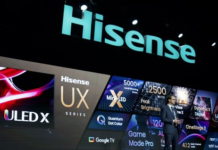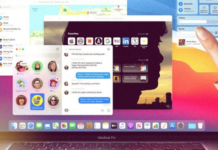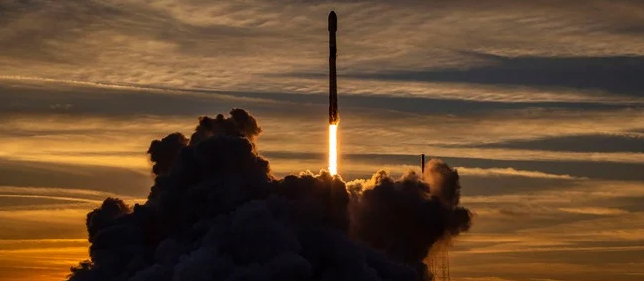Starlink is undoubtedly the market leader when it comes to satellite broadband internet connection. The program launched in early 2021 (the first 60 satellites were sent into orbit two years earlier) has been quite successful and over time has been expanded with new features and services. These include Roam, which allows you to “connect from anywhere on the mainland in the world”.
A moderate success, yes, but not as SpaceX expected at the beginning. According to documents seen by the Wall Street Journal, in 2022 the company recorded revenues of 1.4 billion dollars, up from 222 million the previous year but significantly lower than the 12 billion dollars expected in the presentation that Elon Musk used in 2015 to attract investors on the project.
2022 ended at a loss, in the first three months of 2023 the profit turned out to be too small to be considered a turning point. The problem could be related to the slow growth of customers who subscribe to the subscription: Starlink hoped for a real boom in the service, which to date has not yet happened. And the difference between forecasts and reality is quite eloquent:
Number of active subscribers at the end of 2022, 2015 forecast: 20 million
Number of active subscribers, real data end of 2022: just over 1 million
In essence, Starlink is considered too expensive, especially for populations living in rural and remote areas. The willingness to pay subscriptions such as those proposed by SpaceX is easier to have those who live in cities, or where the connection to the network is already available (not via satellite) and at much lower prices. And the demand for connection by isolated populations and for navigation at sea represents a niche that – as seen – risks not being profitable.
One wonders at this point if the (economic) sustainability of the service is in danger: with reduced revenues, limited funding and the need to send satellites into orbit continuously (there are 4,700 to date, but after 5 years they leave orbit and must be replaced) there is a risk that the project will collapse. Musk on the one hand hopes to contain costs with the upcoming launches through the huge Starship rocket, on the other he fears that competition will come forward – and Amazon’s Kuiper project is not so far away.
































